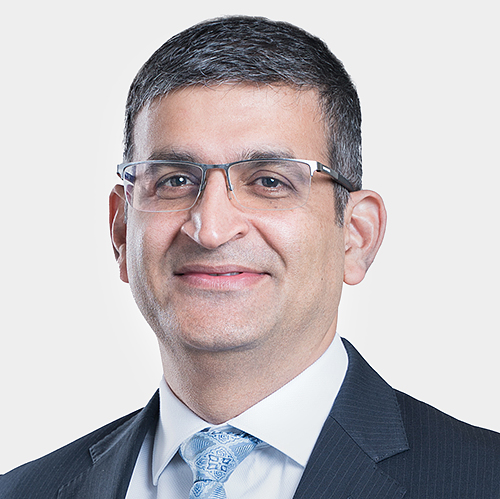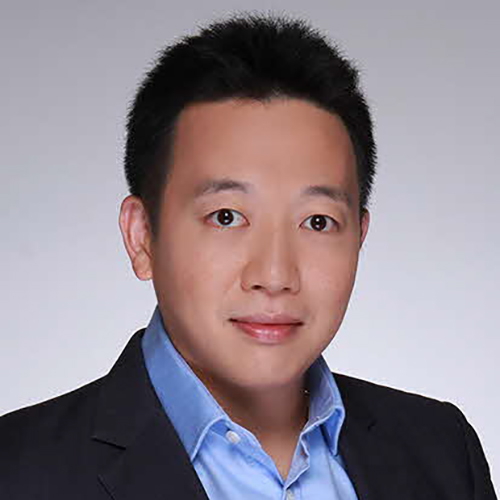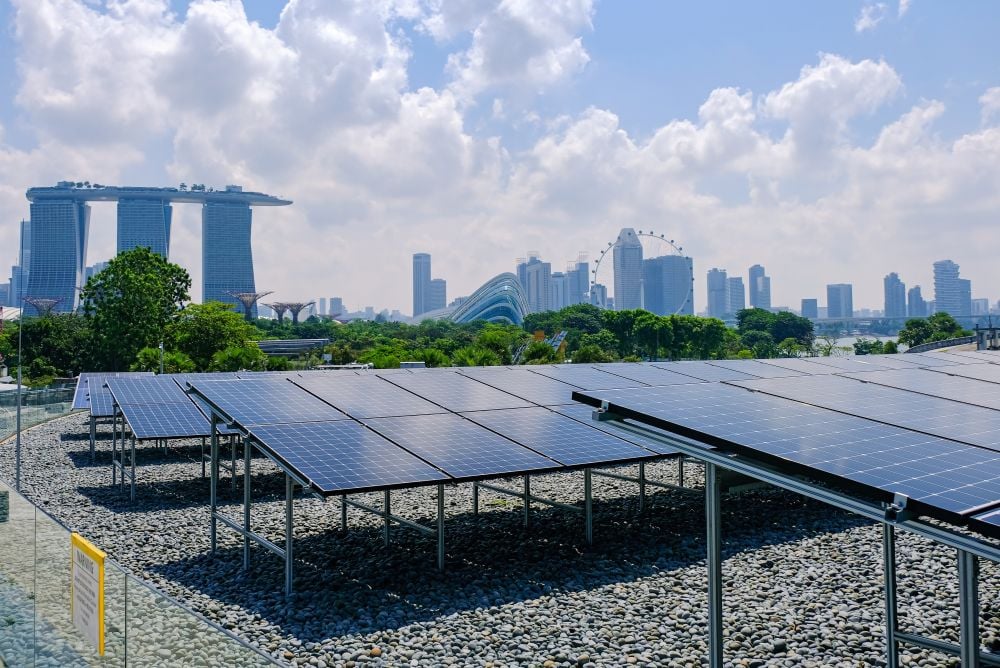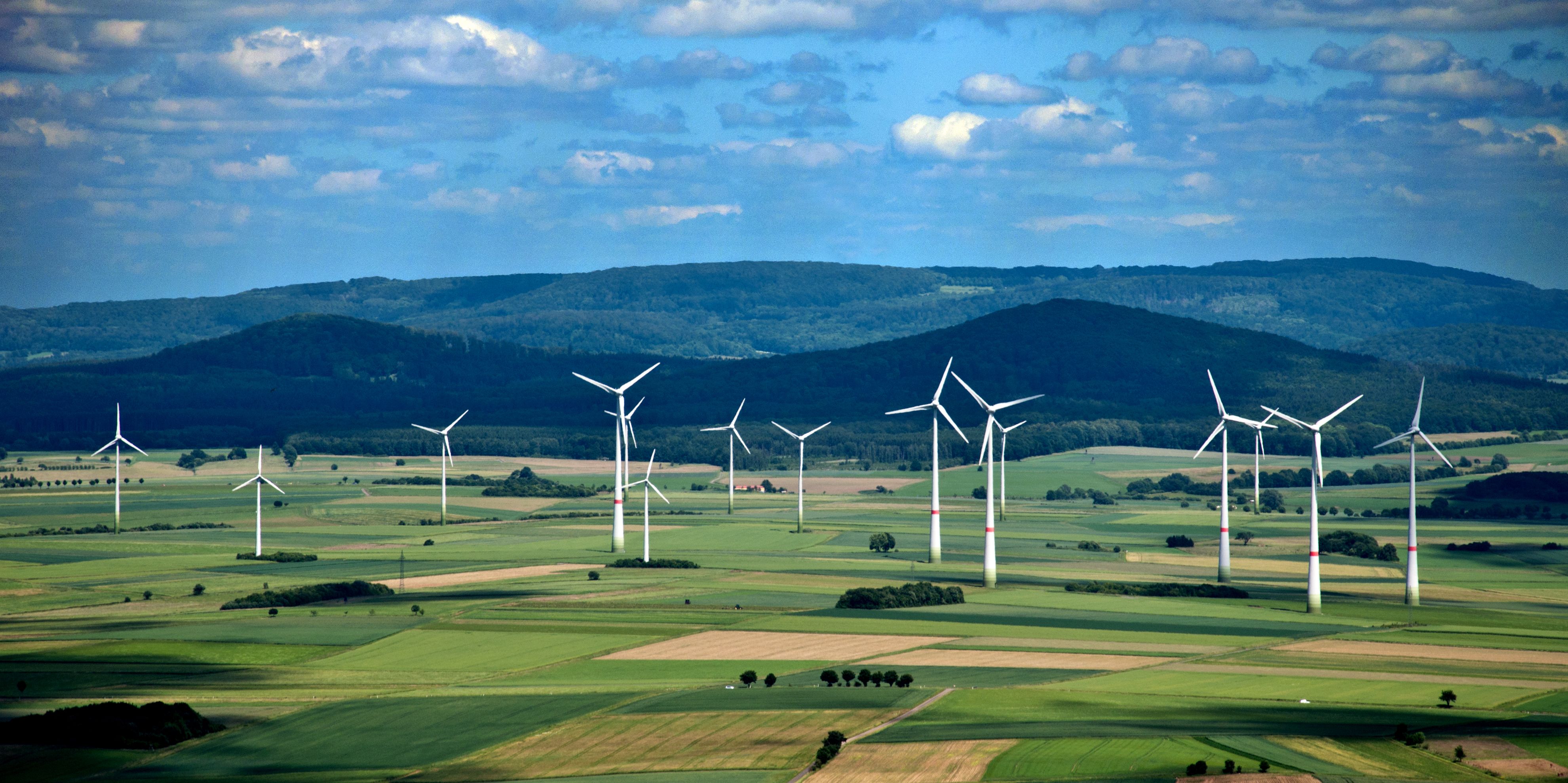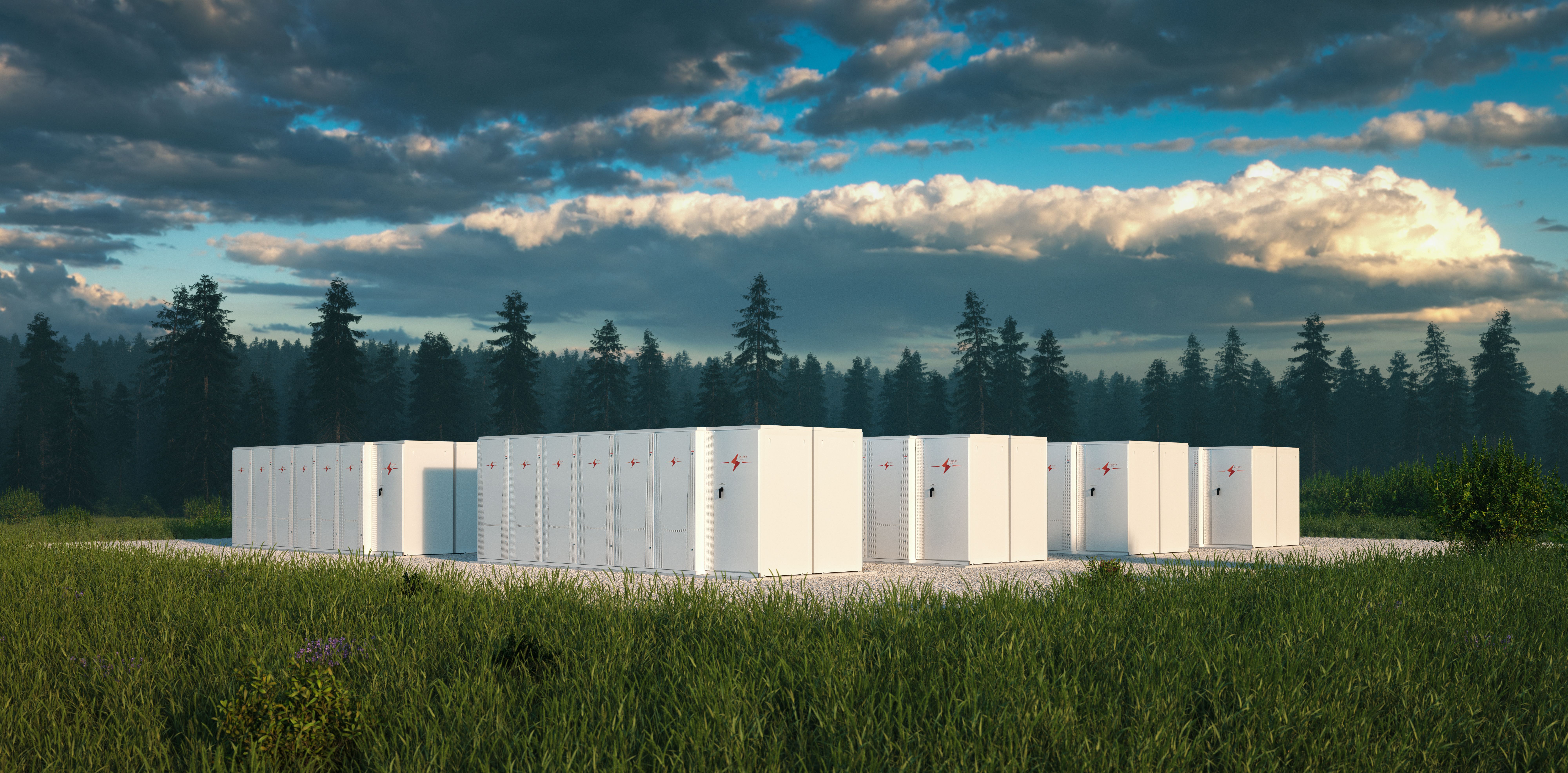BlackRock has been investing in listed infrastructure securities for decades, but it was only over three years ago that it commenced its private investments in infrastructure. These include non-liquid and non-listed securities such as loans and private equity investments.
“From the philosophy perspective, we’ve got a clear view of how we want to play in the infrastructure market,” says Jim Barry, managing director and head of infrastructure investment group at BlackRock.
The first cornerstone of that philosophy is to focus on sub-sectors where BlackRock sees a shift in fundamental structure, which creates a flow of investment opportunities. “What we do not want is to be a jack of all trades,” he comments. “We want to invest in assets that are relevant to our institutional client base.”
Having identified the opportunities, the second cornerstone is to go for transactions with a BlackRock team with deep sector expertise. Barry explains: “The expertise is critically important. With specialists, you are more likely to invest successfully on a sustainable basis. What this expertise also brings is decades of relationships, which greatly enhances your origination capability. It also allows one to bring added value to sponsors and developers.”
One of the challenges that any investor faces in the infrastructure space is setting up the origination capability to generate a sufficient flow of assets to meet their objectives. That is the key and there is a need for real discipline in the process. That is why BlackRock has come up with the expertise model to optimize its flow. “We’re not necessarily going to get a premium of return but we will get access to good assets in order to deliver what we say we are going to deliver for our clients,” adds Barry.
As a new entrant in private infrastructure investing, it is not encumbered with a legacy approach, which enables the company to be far more innovative and creative about how it shapes the products it offers to the institutional market.
On the back of its investment strategy, BlackRock currently has two direct platforms: renewable power equity and infrastructure debt. In both cases, Barry says there is a secular shift underway. For example, the scale of investment being deployed in renewable power infrastructure has risen from US$20 billion 10 years ago to over US$200 billion today.
The growth in the scale of deployment was a challenge to the traditional investment models, with both the utilities companies and independent developers turning to institutional capital to leverage their own balance sheet.
In terms of infrastructure debt, the secular shift underway is the financial balance sheet stress faced by the major project finance banks, particularly European banks and changing bank regulation that is increasing the capital allocation to long tenor assets like infrastructure debt, which encourages the sponsors to also turn to the institutional market. The institutions, in turn, are looking for more yield and do not really want more risks and so they are willing to trade off liquidity for the extra yield or premium.
“Ultimately, I believe that the infrastructure debt market will be substantially institutionalized over the next five to seven years,” Barry points out. “You will see the weaker banks exit and the stronger banks modify their business model in a way that will allow them to maintain their origination capability, and ideally get them to deploy their balance sheet in shorter tenor loans.”
Institutional debt market
It was in late 2008 and early 2009 that the utilities companies and the independent developers started to turn to the institutional market at scale for the first time to finance solar and wind farms. What started as a trickle has now become a flood of investment opportunity.
This came as banks have been reducing their appetite for infrastructure debt in the wake of new capital rules, the need to deleverage their balance sheets and the challenge of funding long-term assets with short-term deposits that made the asset class less appealing to the banking sector.
But while the utilities companies are now typically looking for institutional capital to partner with, they still prefer to control and operate the assets. In the case of independent developers, which comprise a big part of the market, they need institutional capital to provide most of the equity capital.
For Barry, what makes infrastructure attractive is that it is still a maturing asset class. It is an industry that only took off in the late 1980s and early 1990s in places such as Australia, Canada and the UK on the back of the government public-private partnership and project finance initiative types of programme.
“We saw very early stage of success with both the issuing authorities and the early stage investors happy because the former saw the new infrastructure projects being funded off-balance sheet, while the latter were making healthy returns with an excess premium over the risk-adjusted return,” he recalls.
The early 2000 witnessed a huge growth in the industry, with the amount of capital raised for infrastructure investment increasing from less than US$10 billion in December 2003 to over US$120 billion five years later. “It was just a massive growth and one of the challenges then as we went into the cycle with all that capital raised was the lack of a commensurate increase in the flow of transactions. There was a lot of pressure to put capital to work,” Barry adds.
This actually led to two dysfunctions in the industry. One was the fact that prices went up and particularly pre-July 2007, a lot more leverage was put on the assets than intended. At the same time, the managers began to extend the definition of infrastructure, thus placing more risk in the assets, particularly GDP risk.
At present, BlackRock has close to US$3 billion worth of committed investment and the amount is expected to be between US$4 billion and US$5 billion by the end of 2014 with the funding of two more products in the renewable power equity and additional debt mandates.
It is focussed on wind and solar in terms of its renewable energy investments because it believes these are where the bulk of the build out will be in this space. “What we like about wind and solar energy is their high capital cost intensity. You have certainty over the cost,” says Barry.
In terms of equity exposure, BlackRock buys into individual assets and potentially portfolios of individual assets. “What we are doing is aggregating the individual assets or small group of assets into big portfolios of assets. We do not want corporate exposure or buy into holding companies that are engaged in other business activities because you are just adding more risks.”
Asia exposure
On the debt side, BlackRock is investing in private infrastructure loans, acquiring assets both in the primary and secondary markets, focusing on loans on banks’ balance sheets. “We believe the banks continue to have a critical role to play in the infrastructure debt industry,” notes Barry. “While we do have direct capability, we want to deploy our investment alongside with the banks, which may take the shorter tenors, while our clients’ capital takes the longer tenors in loan exposure.”
Forging relationships with the banks is beneficial for investors such as BlackRock. “It gives us opportunities in the secondary market and enables us to build portfolio relatively quicker for our clients as it enhances both our primary and secondary asset flows,” remarks Barry.
At present, BlackRock does not have any exposure yet in Asia in terms of private infrastructure investment but as it actively considers extending its platform into the region, the company is looking at Japan for solar investment. A lot of the developer-partners it is working with in North America and Europe are already active in Japan and are looking to encourage the company alongside them to bring its capability in that market. “We are certainly looking at extending our global platform during the next 12 to 18 months and that includes Asia and Latin America,” he adds.
One of the challenges in investing in emerging markets is the currency exposure. “I can tell you a good asset from a bad asset,” offers Barry. “Emerging markets pose a higher risk, though there are certain risks that you can mitigate or insure against. But it is difficult to forecast the exchange rate, say of the US dollar to the Indian rupee in the next 15 years. We’ll probably have to leave it to offshore investors to make a decision whether they want to have an exposure to whatever currency it may be.”
He continues: “Asia is predominantly an emerging market. There are a lot of policy and regulatory risks that investors face in the region – risks that institutions do not like because they cannot control them. More than anything else, what stimulates capital flows in infrastructure is confidence on the regulatory risk.”
But then again, you do not need to be an emerging market for those risks to play out negatively. In Spain, for instance, there was a huge amount of retroactive re-pricing by the state in the power sector and that regulatory shift impacted negatively on investors. Last year, Norway re-priced the medium and long-term tariffs on gas transmission lines, which damaged the equity position of the international investors owning those pipelines. Both decisions, Barry says, had a material impact on the availability and cost of capital for projects in those markets.


